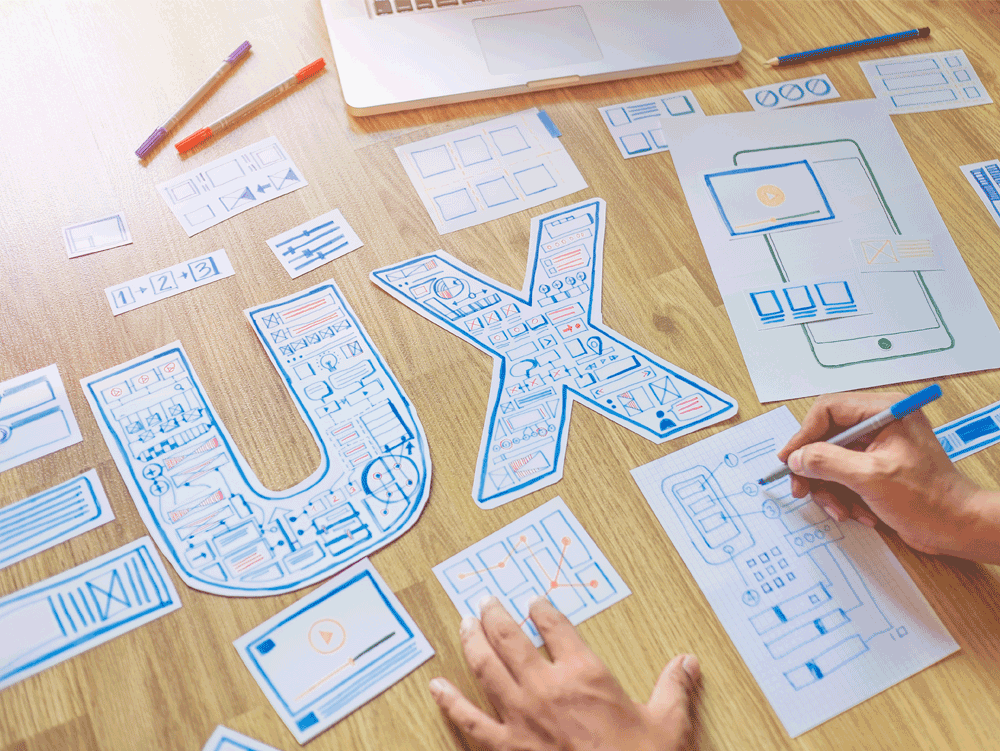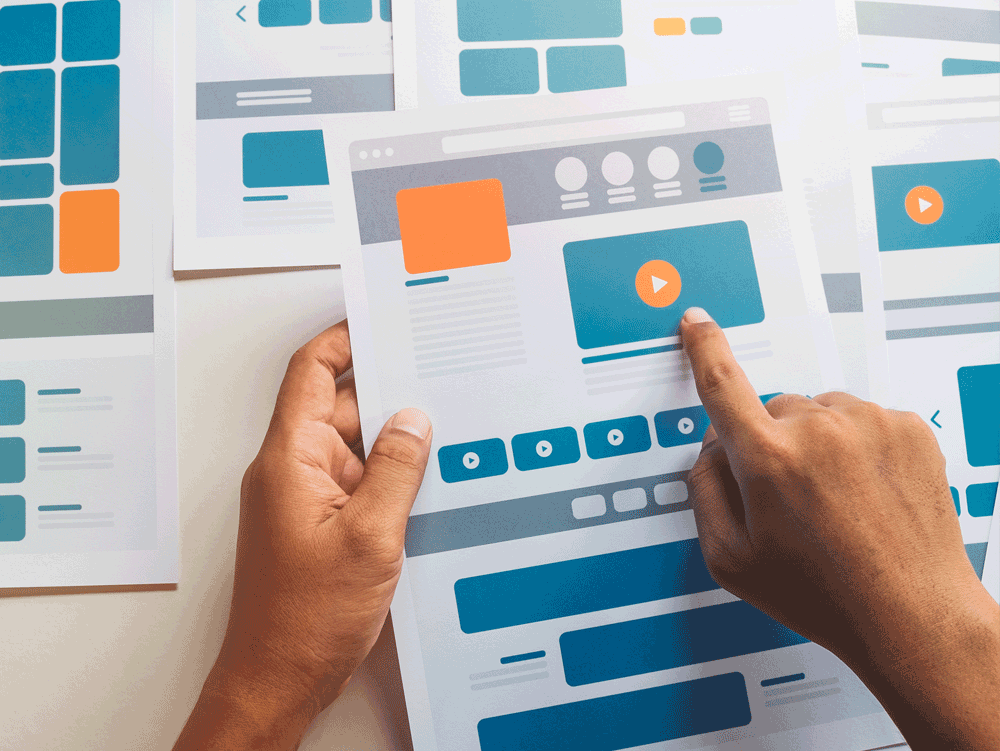User Experience
&
User Interface
User Experience (UX) vs User Interface (UI)
User experience (UX) and user interface (UI) are related concepts in the design of digital products, but they refer to different aspects of the user’s interaction with the product. While UX and UI are related, they are not interchangeable terms. UX design is concerned with the overall user experience, while UI design is concerned with the specific interface elements that facilitate that experience. Both are important in creating digital products that are successful and user-friendly.
User-centered design
Understanding the user’s goals, preferences, and behaviors to design products in a way that aligns with those factors.
Usability
Is key and involves designing intuitive interfaces that are easy to use and navigate, while minimizing the cognitive load required to complete tasks.
Consistency
It’s important because it helps users learn how to use the product more quickly and efficiently making the product feel cohesive and familiar.
Emotional impact
UX design aims to create a positive emotional leads to increased user engagement and loyalty.


Simplicity
A simple UI can also help to reduce cognitive load and enhance user satisfaction.
Visual Hierarchy
Using visual cues such as size, color, and placement to draw attention to the most important elements and help users navigate the interface.
Feedback
Users should receive clear feedback when they interact with the UI.
Aesthetics
UI design should be aesthetically pleasing to enhance user engagement and satisfaction.
The UX/UI Process
Discovery & Framing
An iterative process and ongoing with discovery being researching and gathering information, and framing is problem framing or problem definition
Build
The MVP, a focused version of the product or service is built, should include only the essential features needed to test the key assumptions of the product.
